Bürgerpark – a green haven for Bremen’s inhabitants
Tourism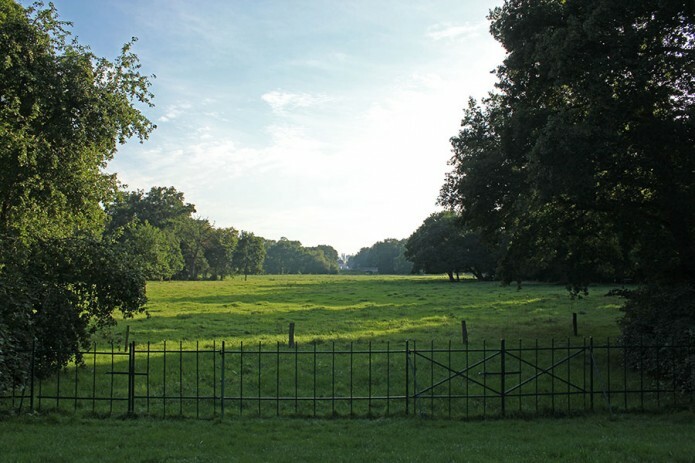
Bürgerpark is Bremen’s green lung. Its footprint is reminiscent of New York’s Central Park, as is its location in the heart of the city. When landscape gardener Wilhelm Benque designed and built the park more than 150 years ago, he could hardly have imagined the scenery today.
As soon as I enter the park, I’m immersed in a deep, summery green. The trees that line Bürgerpark’s perimeter reduce the noise from the city to a background hum. I take a deep breath of damp, woody air and immediately feel at ease. Amazing, how relaxing trees can be. They wipe away stress like a sponge wipes chalk from a blackboard.
What makes Bürgerpark so special – and I notice it again during my walk – is its location in the centre of the city. Situated behind Bremen’s main train station, 200 hectares of lawn, woods and water stretch into the distance. Not every urban environment can match that. I suddenly realise that I haven’t been here for a while. I used to regularly wander through its labyrinth of paths, to the point that I knew the layout like the back of my hand. Unfortunately, that’s no longer the case. After only a few metres along the park’s eastern edge, I’m no longer sure if I’ve been here before. Somehow, everything seems to be new, yet oddly familiar. The massive, and probably ancient, beech trees rising above the meadows take my breath away, as do the views of the distance that I glimpse between them. Before long, I reach a dense coniferous grove, and its warm, resiny smell surrounds me.
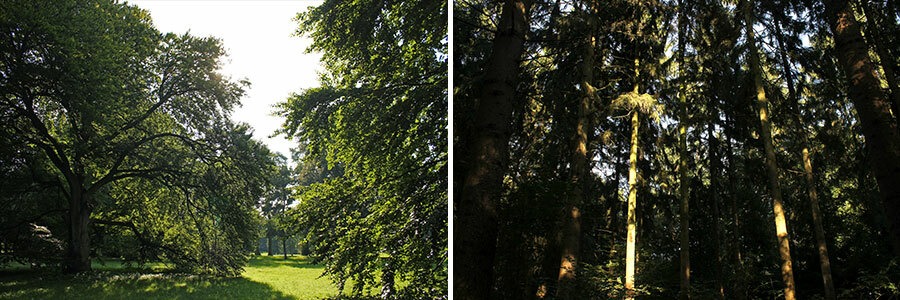
Naturalness meets design
While some sections appear as if they have been left entirely to nature, others have been clearly laid out as a park. The man behind this combination was Wilhelm Benque. He skilfully combined a variety of styles of landscape architecture and created a green haven of structured parkland and seemingly random groves and copses.
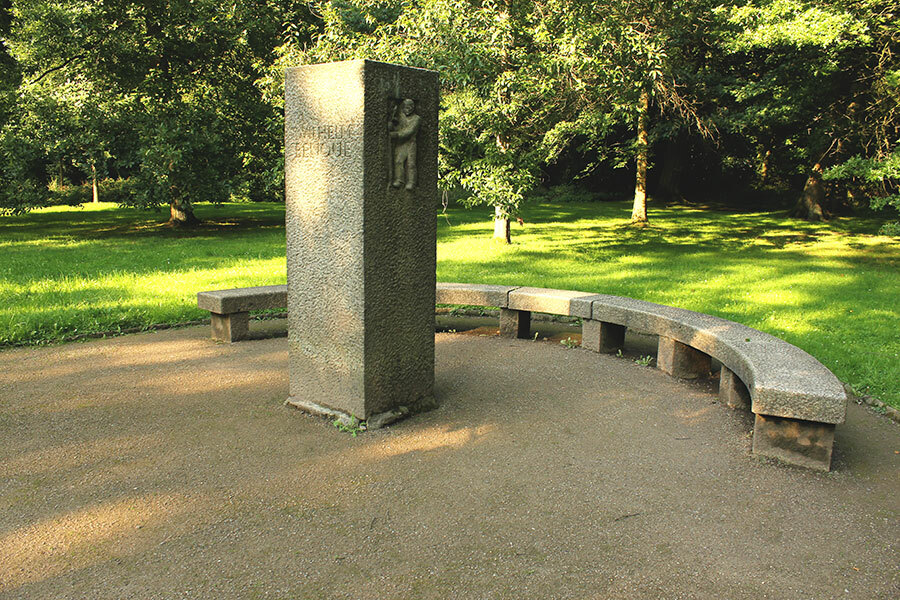
Just before the cycle path that runs through the park across Melcher bridge, you reach the Benquestein memorial, erected in honour of the park’s creator. The two-metre-high block of granite features an image of a gardener digging on one side, and planting on the other. On the back is the inscription: “Bremen’s Bürgerpark was created between 1866 and 1884 by his masterful hand.” As I sit down on the semi-circular bench behind the memorial, my eyes wander upwards. How old are these trees? Safe to say that Benque never got to see them in all their glory. He must have had great powers of imagination to plan a park that he would never get to see fully matured.
A rural idyll in the heart of the city
I stroll on. Just beyond Marie Bergmann bridge I come upon some cows on my left. They emanate a sense of rural calm, although I’m in the heart of the city, around ten minutes’ walk from the main train station. As I continue I encounter joggers, cyclists and people walking their dogs, and a few rowing boats are out on the small canal. Bürgerpark, which means citizens’ park in German, is certainly true to its name. It not only means that it’s a park for citizens, it’s also the citizens’ park. This swathe of green doesn’t belong to the local authority or to a private owner, it belongs to the citizens of Bremen. That’s unique in Germany for a park of this size. The Bürgerpark association and its director, Tim Großmann, are responsible for its maintenance, and the citizens fund this work through donations, charity events and Germany’s largest tombola. The Bürgerpark tombola is held every year over three months throughout Bremen.
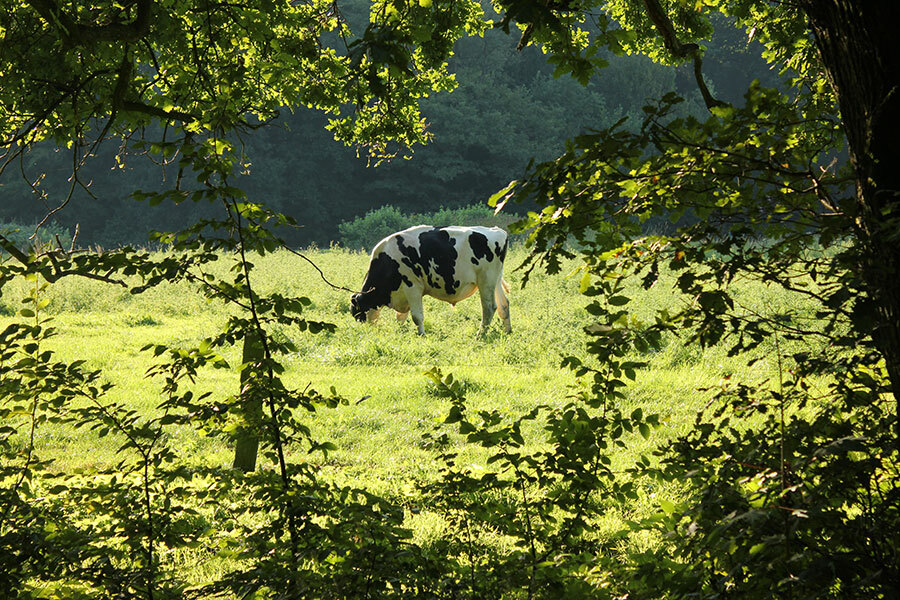
The quarrelsome Wilhelm Benque
Talking of directors, Wilhelm Benque was also the park’s director – twice. His design won the competition run by the ‘Committee for the afforestation of Bürgerweide’ in 1865. The 51-year-old had already gained experience in landscape architecture in the USA and elsewhere. It was in the USA that he witnessed the creation of Central Park in New York, and may even have been able to watch the park’s co-creator, Frederick Law Olmsted, at work. History doesn’t tell us if Benque was involved in the work on Central Park, but there are similarities between it and Bürgerpark, and not just in the footprint.
The combination of structured design and naturalness is typical of the time, and was the result of the Enlightenment, which had placed man very much at the centre of things. Mastering nature was almost a must for landscape gardeners. Until then, forests had been dangerous places to be, but the groves and copses in parks and gardens were safe to walk in. Benque incorporated all this in his plans. In 1870, he fell out with his clients for the first time, and after that he took every opportunity to criticise them in public.
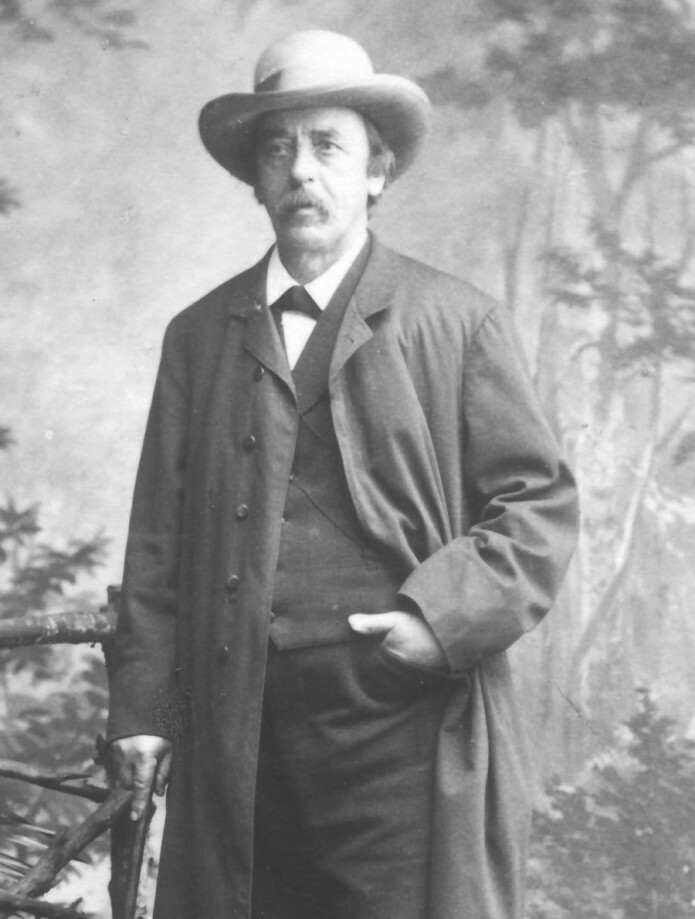
In his 1875 work ‘Observations on Bürgerpark’, Benque commented on the ongoing work on the park: “In the opinion of an expert, and I take the liberty of calling myself such, this task is not being carried out as it should be; the true task is being obscured by an excess of activity, or should I say botching, which, if it continues, will damage and ruin Bürgerpark, perhaps irreparably so.”
Despite his occasionally harsh criticisms, Benque was made park director for the second time in 1877 following a change in the park’s board. This time, he focused on the design of the upper part of the park, and merging it with the lower. He finalised his master plan in 1877/78.
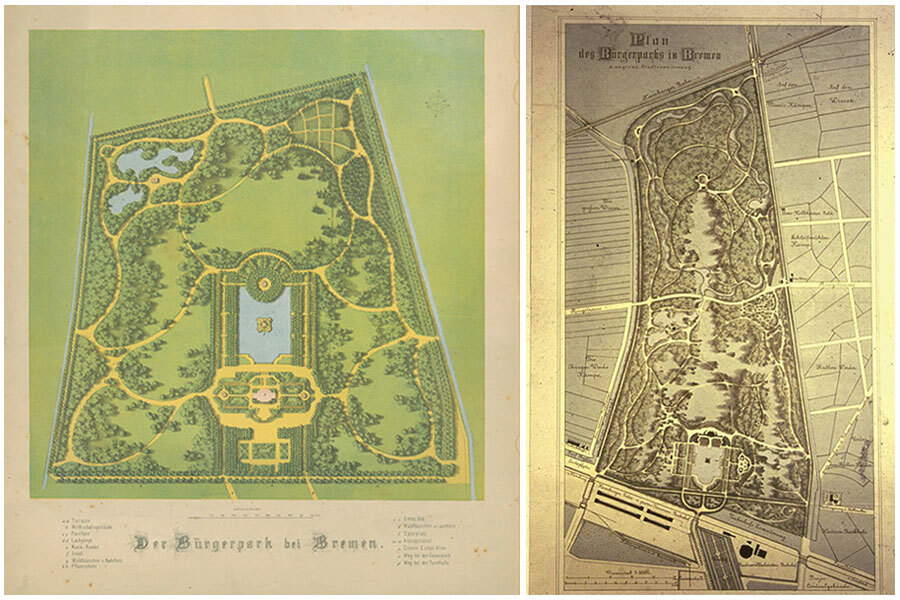
Nothing is left to chance, even if it appears so
Although Benque resigned for a second time, after another falling out, shortly before the park’s completion in 1884, the results of his work are clear to see. Everything appears random, yet it all has its place. I stroll past the Gerdes pavilion, and at the Meierei I take in the views towards the cathedral through the wide gap in the trees. And I just have to a pay a brief visit to the animal enclosure. I adore the cute little donkeys. Two peacocks cross my path, and I even spot one of the deer that roam the park.
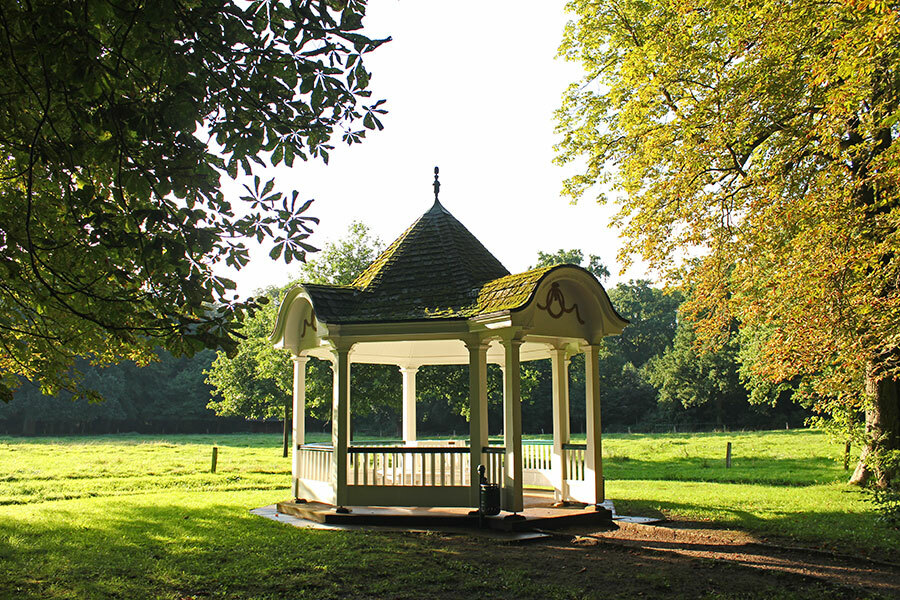
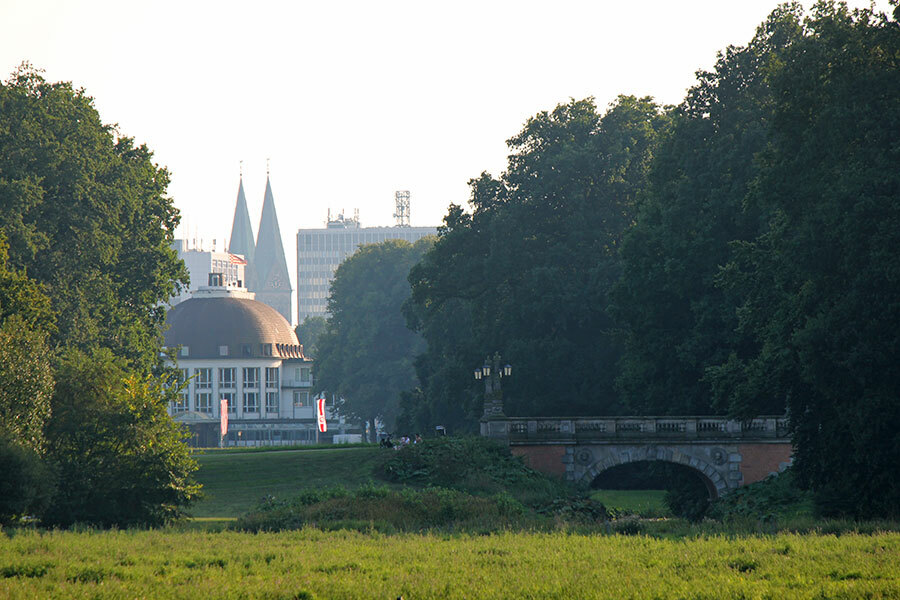
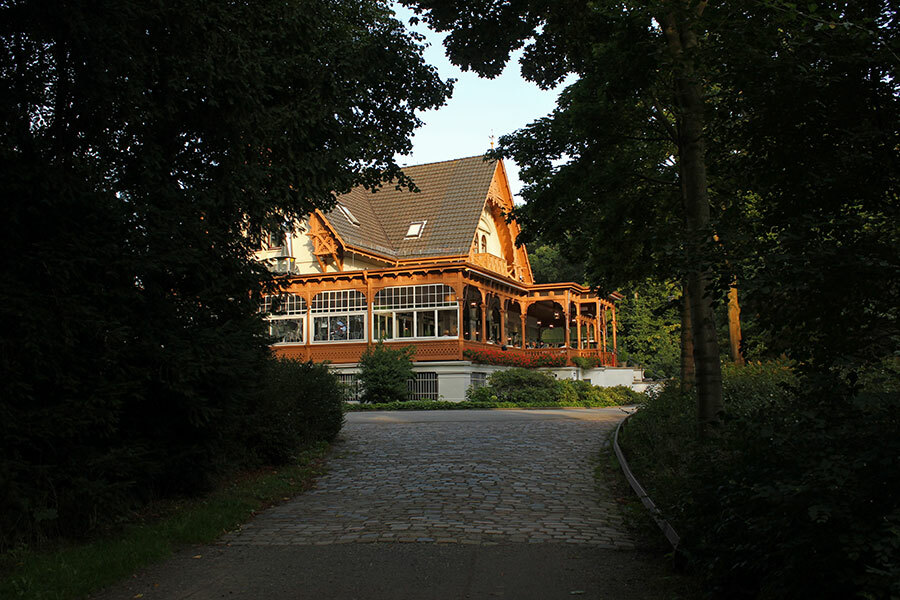
I return to my bicycle totally relaxed. My little trip has made me realise several things. Firstly, I should make an effort to come here more often. Secondly, it’s quite something to encounter a deer in the heart of the city. And thirdly, if Benque had been rude as well as quarrelsome, the park would probably not exist in its present form. Fortunately for us, Benque always managed to find the right balance, both in the design of his park and in the tone of his criticisms.
Success Stories
Seven products from Bremen that everybody knows
Made in Bremen, sold around the world: these products are hugely popular at home and abroad.
Learn moreBremen – Germany's greenest city
The greenest major city in Germany is Bremen - with an average of 60 square metres of sports, leisure and recreation space per person. Parks, sports facilities, but also water areas invite you to relax from the hustle and bustle of the city every day.
Learn moreOur 10 Most Favourite Places Last Year
Bremen has a lot to offer, whether it's sunny or rainy. Of course, you have to capture this in the form of stunning photos. Here are our very personal highlights from the past year.
Learn more